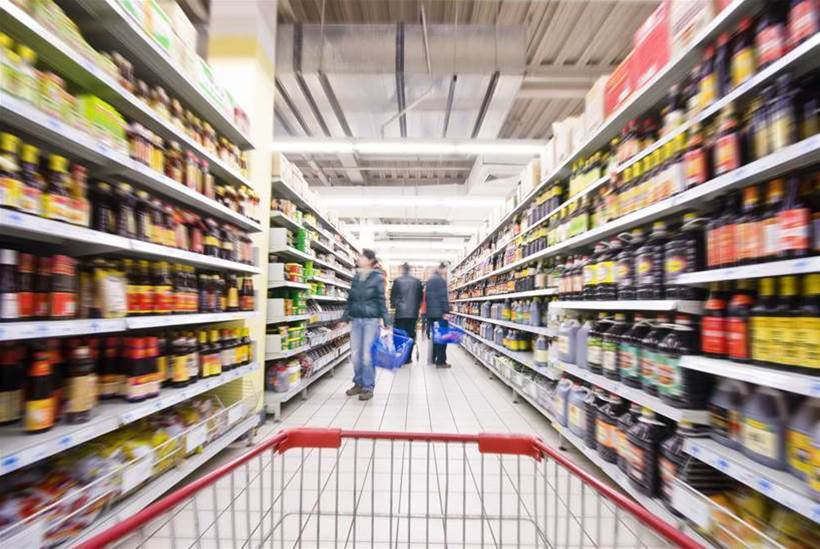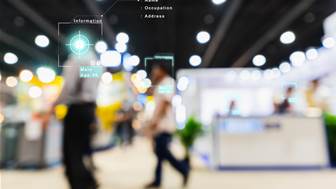Starting my sales career some years ago in retail has left me with a particular interest in the sector, having walked more than a few miles in their shoes. This interest has been spiked over the last few years, as I’ve watched retail become one of the most disrupted industries since video stores, hotels, and taxis.
Retailers all over the country and worldwide have been hamstrung these past few years on so many fronts. Lockdowns virtually closed all bricks-and-mortar foot traffic in affected areas. Order closures put pressure on supply chains. For those retailers who could not pivot to online trading, survival was near impossible in many cases.
But Australia’s restrictions have eased in some locations and the timing for retailers couldn’t be better – the lead-up to the holiday period looks promising, as many retailers work to win the hearts and dollars of consumers by trying to encourage a resurgence in in-store shopping.
Australia’s peak body for retail, the Australian Retailers Association (ARA), and Roy Morgan predict this year’s pre-Christmas spending will match last year’s high, significantly above spending in 2019. The ARA-Roy Morgan 2021 pre-Christmas Retail Sales predictions forecast that overall spending will be $58.8 billion, up 11.3 percent on pre-pandemic conditions.
However, the ARA report says that sales aren’t all going to be in-store. One of the results of digital acceleration during the pandemic has been that many more Australians are shopping online, and this Christmas the ARA expects to see more of a mix between in-store and online shopping.
People running bricks-and-mortar stores should be thinking more than ever about this hybrid mode of shopping. How they can offer the best in-store experience to attract shoppers and keep them coming back, while also offering online shopping options?
Retailers can do this by providing more targeted communication and immersive experiences, which can help them stand out from online-only and bricks-and-mortar competitors. And this will be possible using LTE and 5G networks to operate Internet of Things (IoT) applications.
How retailers are transforming the shopping experience using 5G & IoT
Shoppers expect immediacy and convenience from an in-store experience and retailers are using technology to meet those expectations.
We’re seeing innovative retailers worldwide and in Australia using high-bandwidth IoT to create better, faster, more convenient, and safer shopping experiences. For example, homeware retailers are offering virtual styling services and augmented reality to check whether the furniture fits in specific living spaces. And retailers are making click-and-collect services, temporary pop-up stores, kiosks within stores, and temporary distribution centres run more smoothly through the use of wireless payment devices and cloud-based applications to update inventories.
These uses of high-bandwidth IoT will continue growing in importance as consumers’ expectations about genuine omnichannel retailing increase. And I expect those expectations will increase now that many people have become more accustomed to digital or online shopping during the pandemic.
Here are some key ways retailers can meet those expectations by using IoT in their stores:
- Personalised Marketing – Retailers can use IoT devices operating on LTE and 5G cellular networks to enable shoppers to view and interact with physical objects in-store, using applications like digital assistants in-store.
For example, fashion retailers could use IoT-enabled beacons to collect user data and then push personalised content to a shopper that has a phone-based digital loyalty card app for that store. Perhaps they bought an item of clothing – say, jeans – the last time they were in the store. The store’s app would then show that shopper product recommendations, such as shirts or shoes, which match their previous purchase, or promote a sale of the same line of jeans. This approach gives the shopper an efficient, personalised experience. It encourages them to extend their time in the store and even consider products they may not have taken notice of before.
- Wayfinding – In-store geotargeting systems can link via Bluetooth to customer-facing smartphone applications to help locate specific items and provide other helpful information, such as stock levels, current offers, and staff location.
- Roaming POS – To reduce queuing and support social distancing and faster processing of transactions, staff can carry tablets to process customer payments anywhere in the store, not just at the checkout. In addition, RFID scanners built into trolleys and baskets can total large volume purchases in real-time without needing to take a single item out to scan.
- Interactive digital displays and kiosks – Shoppers can benefit from an optimised in-store journey and a highly personalised experience by viewing commonly bought items, making purchases without having to stand in a queue and being served in-the-moment marketing offers based on purchase history.
- Security and environment – Stores can use distributed cameras to identify shoplifters and keep customers safe when using car parks. Larger shopping centres can centralise their temperature and ventilation controls and provide preventative maintenance based on real-time data.
In addition to IoT benefitting the front-end of the customer experience, it can also streamline a retailer’s supply chain on the back end. Supply chains have been disrupted by border closures, delays in manufacturing, staff shortages, and increased demand for essential retail, but retailers can use IoT to future-proof against future unexpected interruptions. Here are some ways they can do that:
- Data-driven decision-making – Capacity sensors can analyse seasonally-adjusted data and detect the length of time customers spend in the aisles, allowing retailers to predict where and when to have staff to help shoppers.
- Real-time supply chain – Inventory sensors and POS data can be integrated into a direct communication system with supply chain partners, triggering automated manufacturing and production systems and adjusting stock delivery schedules accordingly.
- Robotic process automation (RPA) – RPA systems can work behind the scenes to automate time-consuming tasks, from processing supplier deliveries to scheduled stock counts, freeing up staff time for better workforce scheduling and to deliver quality customer experiences.
Wireless WAN is key to the future of in-store retail
These scenarios rely on IoT applications and reliable, secure, and agile networks to connect devices and enable sharing of vast amounts of data and insights with remote managers and operations teams.
For instance, those virtual homeware styling services I mentioned earlier require augmented in-store bandwidth and rapid deployment cycles, which can be achieved using LTE and 5G cellular technology. And stores need reliable, high performance wireless networks to use wireless payment devices.
Which is why Australian retailers need to consider ‘cutting the cord’ and investing in wireless broadband connectivity for stores, store-within-a-store connectivity, and to connect IoT devices to applications in the cloud. Wireless WAN (WWAN) offers retailers flexibility by providing instant, ‘elastic’ connectivity, security, and reliability.
Investing in the right technology now will help retailers stand out by providing their customers with a more convenient and customer-friendly shopping experience.







